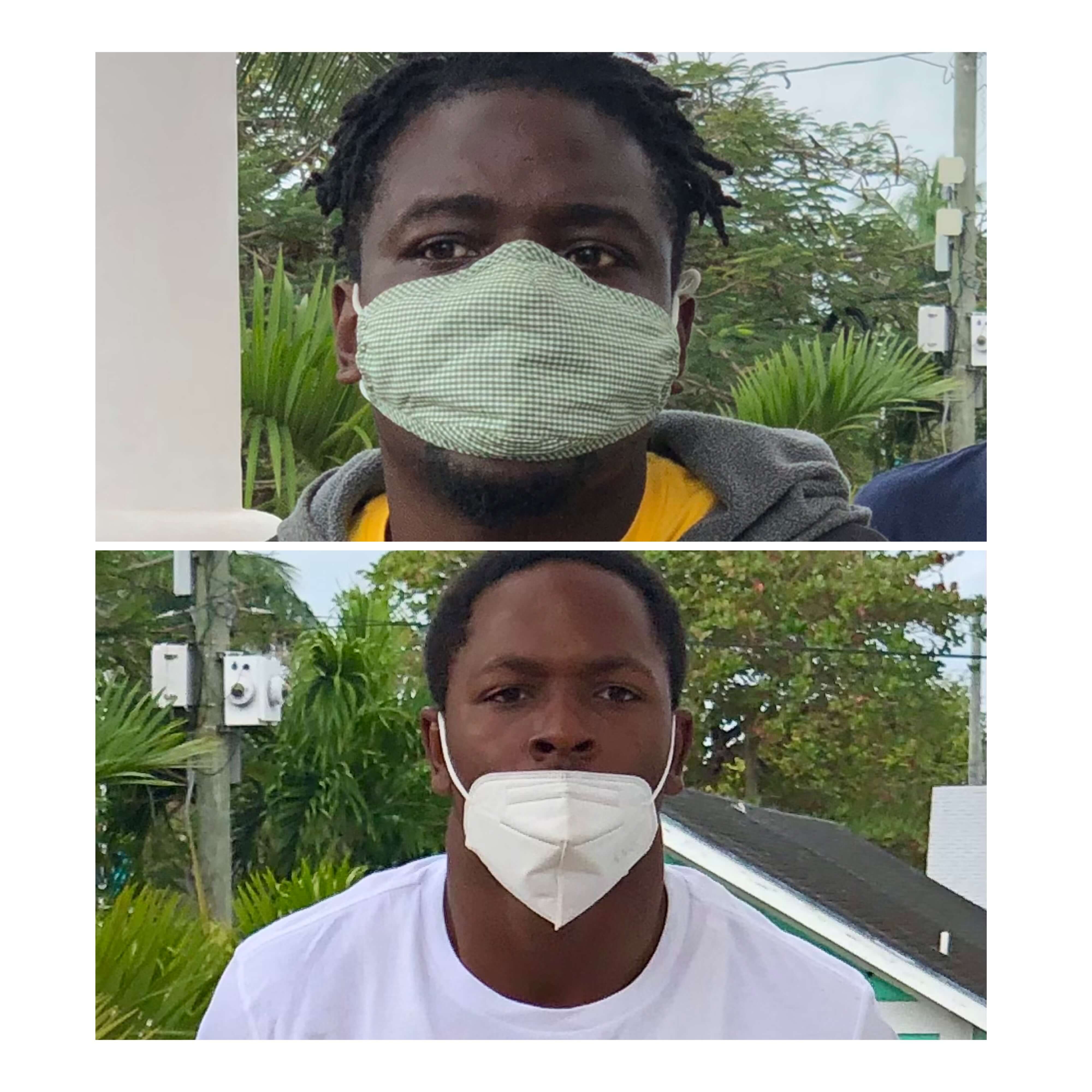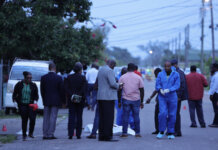
NASSAU-A Supreme Court judge has ruled that a police officer used excessive force when she shot an unarmed suspect while on the ground.
Jermaine Rahming, 44, filed a personal injury suit, alleging that the shooting at the Fort Charlotte Police Station on April 29, 2007 was unlawful.
Basil Sands and Alpheus Rolle beat up and detained Rahming after they accused him of the attempted rape of a deaf and dumb woman near the Western Esplanade.
After effecting the citizen’s arrest, the men dragged Rahming across the street to the police station.
The alleged victim of the attempted rape followed them there. Her pants were partially unzipped, and her blouse had a tear on the sleeve.
The civilians told Constable 2024 Remona Forde about the attempted sexual assault complaint and left.
Constable Forde, the only officer at the station, did not re-arrest Rahming for the alleged sexual offence.
She did not restrain Rahming because she did not have any handcuffs.
When Officer Forde asked the alleged victim what had happened, she made sounds and pointed at Rahming.
Rahming testified that he became afraid that he would go to prison for a crime he did not commit.
He ran from the station when Officer Forde turned to answer the phone—and she shot him twice.
Rahming remained in hospital until May 14, 2007. Police later charged him with assaulting a police officer and escape.
After several adjournments, a magistrate dismissed the case against Rahming.
Excessive force
On Monday, June 8, Justice Indra Charles found Officer Forde used excessive force when she shot Rahming while on the ground.
Officer Forde testified that she shot Rahming in defence of herself and the complainant.
Justice Charles said she the officer’s evidence “inconsistent and incapable of belief.”
The judge said, “While Officer Forde might be justified in firing the first shot at Mr. Rahming to prevent him from fleeing, it seems to me that there was no justification for firing a second shot.
“He had already fallen to the ground. Even in trying to get up and trying to flee again, as a trained police officer, she should have been able to recapture him. She was only a hand reach away from him. She also said that she was not afraid of him.”
Justice Charles also referenced the worldwide protests sparked by the recent killing of unarmed George Floyd by a policeman in Minnesota.
She said, “The world is condemning police brutalities, especially of unarmed persons. Our police must guard itself against such criticisms by the public. To pull a trigger especially on an unarmed individual must be a measure of last resort. A cardinal principle of our Constitution is that a man is presumed to be innocent until and unless a jury finds him otherwise.”
Fleeing felon
Government lawyers Keith Cargill and Audrey Bonamy argued the shooting was lawful.
They relied on Section 103 (1) of the Penal Code, which permits killing a fleeing felon as a last resort.
However, Rahming’s lawyer Howard Thompson said Rahming was not a fleeing felon since Forde did not arrest, caution nor charge him for any offence.
Justice Charles said the provision in the Penal Code conflicted with the constitutional right to life.
Justice Charles said, “A question that could be asked is: how could one justify the use of deadly force to apprehend an unarmed non-violent felon?”
Still, Justice Charles said she did not condone Rahming’s escape.
Justice Charles said the force used to apprehend a fleeing felon, must be reasonable.
The judge said Rahming deserved compensation for his grave injuries.
The court will assess those damages on September 17.
Justice Charles has already awarded Rahming $7,500 in exemplary damages and $15,000 for legal costs.














